 —
—
(ads)
 —
—
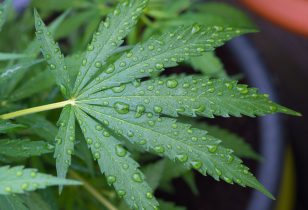 –
–
Like all plants, cannabis plants need plant food in addition to light and water. Unlike most houseplants, however, cannabis plants use much more food, because they are also pushed to their limits with a lot of light. It is therefore important to know what marijuana plants need in terms of nutrition, so that they never have to go hungry.
When cannabis plants do not receive the nutrition they need, they do not function optimally and growth and ultimately the yield will suffer. However, nutrition for cannabis plants works a little differently than nutrition for humans and animals. It is not the plant food that causes cannabis plants to become thick and heavy, because the real food (glucose) is made by cannabis plants themselves with the help of light. You can therefore not fatten cannabis plants with food, you do that with a lot of light.
That said, cannabis plants need enough nutrients throughout their lives to grow and thrive. These nutrients are minerals or salts, and deficiencies of these substances can arise in all mediums from soil to rock wool to hydroponics culture without a medium. The consequences of such deficiencies can be seen in the leaves, which therefore show all kinds of different symptoms.
Hydro- vs biovoeding
Symptoms of nutritional problems are usually seen more quickly with a hydroponic culture than with an organic culture on soil. This is because cannabis plants in a hydroponic culture immediately receive the minerals that they can absorb. In the case of soil, these minerals are only released when the soil life breaks down the organic material from the soil or from the biological food. If you give too much or too little, it will always take a few days with an organic cultivation on soil before you see the consequences of this on the leaves. Unless that damage is minimal, yellowed leaves can no longer turn green. It is therefore important to anticipate shortages or surpluses.
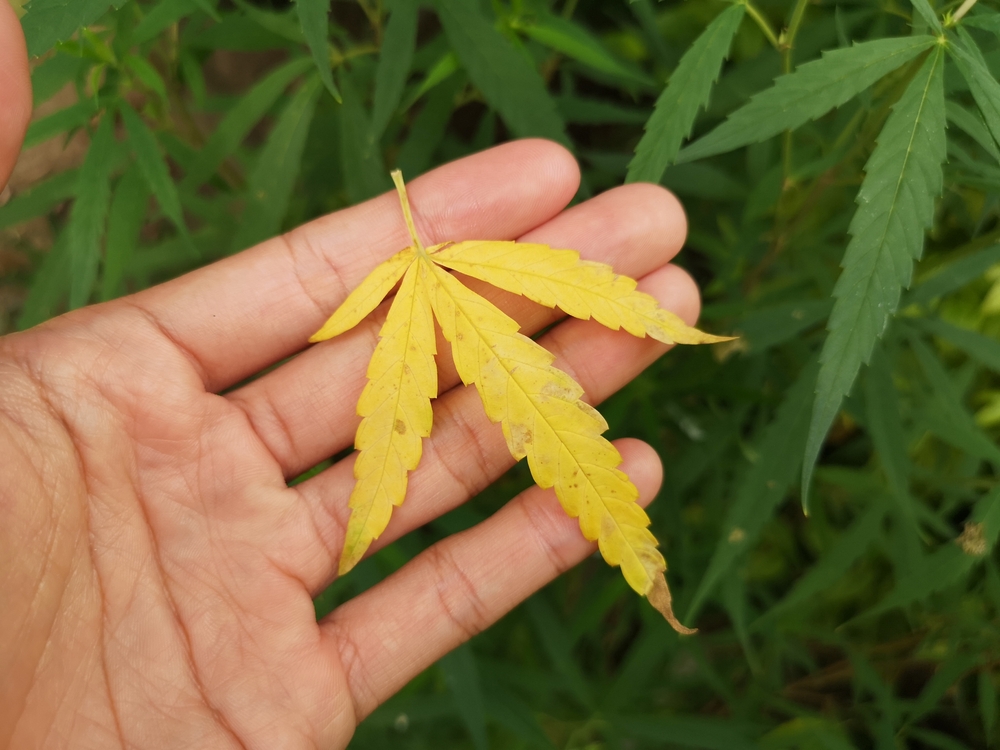
Shortages of mobile (movable) nutrients are usually seen in the lower leaves. Photo: The natures, Schutterstock]
–
Mobile and Immobile Minerals
A surplus of plant food is usually first seen in the leaf tips of cannabis plants. These can burn due to an excess of minerals, because the high concentration of nutrients at the roots removes water from the leaves via osmosis.
In addition, some minerals are mobile and others immobile. The mobile minerals can move freely within the plant. Deficiencies in these mobile minerals are therefore first seen in the lower leaves, because the plant tries to supplement the deficiencies from these leaves upwards. Shortages of immobile minerals are more likely to be seen at the growing points, since the plant cannot extract them from the lower leaves.
NPK and trace elements
On most plant food for cannabis plants, you see the so-called NPK ratio. This is the ratio of the three most important nutrients for plants, the so-called macro elements. These are nitrogen (N), phosphorus (P) and potassium (K). With growth fertilizer for cannabis plants, the amount of nitrogen is always considerably more than phosphorus and potassium. Cannabis plants mainly use nitrogen during the growth phase, for the growth and development of the leaves.
Weed plants also use phosphorus and potassium during growth, but even more so during the flowering phase. Phosphorus ensures strong stems, strong cell walls and the development of flowers (that is, weed). Potassium aids in a healthy metabolism and ensures healthy root growth. In addition to the macro or main fertilizers NPK, plant food for cannabis plants also contains micro-elements or trace elements. These include calcium, magnesium, manganese, zinc, iron and some other minerals.
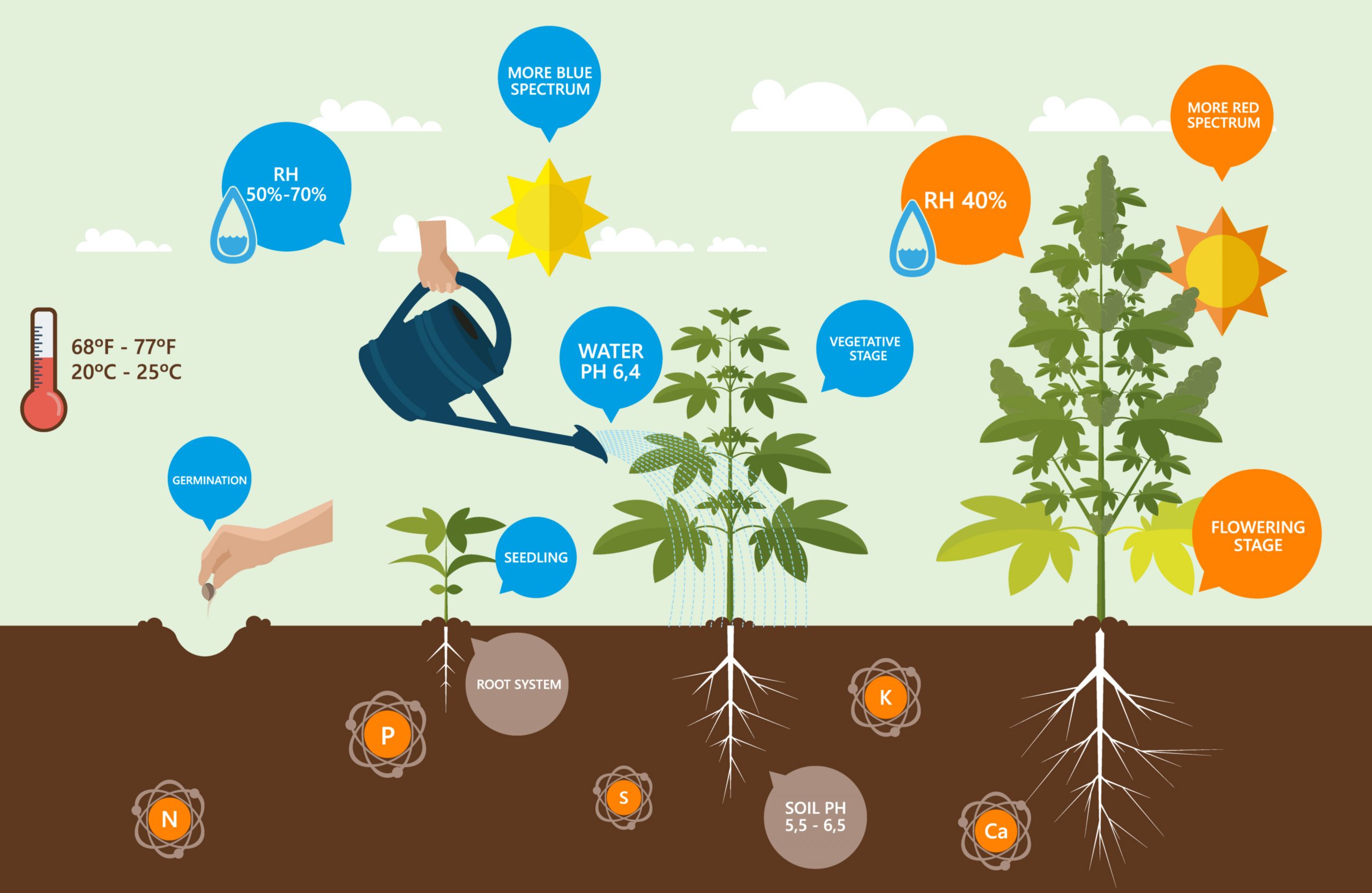
Nitrogen (N), phosphorus (P) and potassium (K) are the most important minerals for cannabis plants. In addition, food for cannabis plants also contains trace elements such as iron, calcium and zinc. Image: Droidworker, Shutterstock
–
The macro and micro elements together form the plant food for cannabis plants. They must all be present for a good growth and flowering of your cannabis plant. Fortunately, food for cannabis plants contains all these substances in the right proportion, and plants from growers who use it will not experience shortages as quickly. Two deficiencies that do occur more often, however, are a deficiency of calcium and magnesium. They often arise when rainwater is used instead of tap water, or when growing on coco. In these cases, preventively use some extra calcium and magnesium, which is available in one bottle as calmag especially for cannabis plants.
Organic plant food and soil life
Anyone who grows organic weed in soil will also have to use a purely organic food to keep the cultivation organic. This food does not contain the minerals that we discussed earlier, but organic material that is converted into the discussed minerals by the soil life. For organic cultivation, a soil life is therefore a requirement. Fortunately, you can get this soil life from a jar these days. There are useful bacteria available, and useful soil fungi. The bacteria break down the biological food, and the fungi protect the roots and supply extra minerals.
Plant nutrition and the pH value
In addition to the necessary elements, it is also important for cannabis plants that the acidity level around the roots is at the right value. The acidity aka the PH value is a scale from 0 to 14, where a value of 0 is very acidic, and 14 is very basic (the opposite of acidic). At a pH value of 6 to 6.5, cannabis plants on earth can absorb their nutrition well. Cannabis plants that are grown hydrologically prefer a slightly more acidic environment between 5.7 and 6.2.
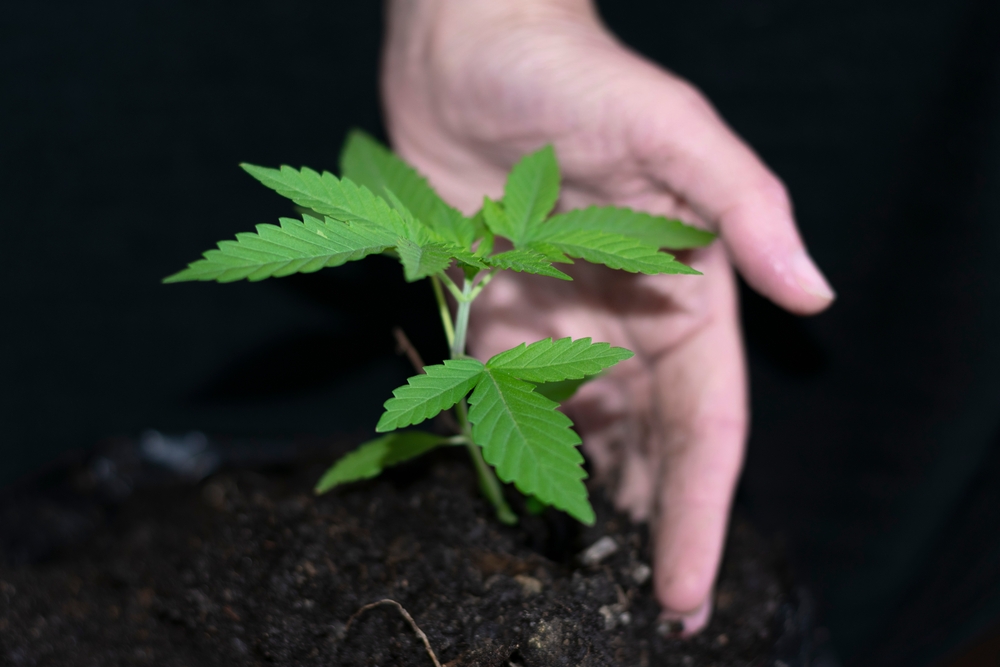
In an organic culture with soil life, the pH value is less important than when using mineral plant food. Photo: Yavana Torres, Shutterstock
–
When the pH value is too low or too high, some minerals cannot be absorbed properly, even though they are present in the soil. Deficiencies will also arise, the consequences of which you can usually see in the leaves. Plants can also grow more slowly with the wrong acidity. Therefore, always check the pH value of the soil or your nutrient water first if you experience shortages or growth problems.
Purely organic growers who have added an active soil life to their soil usually do not have to worry much about the pH value. The soil bacteria do that for you. However, the pH value is important for anyone who feeds their cannabis plants with mineral nutrition, and who has no soil life. You have to adjust the acidity of the feed water beforehand, and the food itself also influences the acidity.
Therefore, always add your plant food to the water first, and let the water come to temperature. You can then acidify the feed water with pH-min from a bottle. This is a special acid that can lower the pH value. Use a pH meter to measure the acidity, and only give the nutrient water to your cannabis plants when the pH value is right. Again, that’s between 6 and 6.5 for soil and between 5.7 and 6.2 for hydroponics.
[Openingsfoto: Christian Weber, Shutterstock]
(ads)
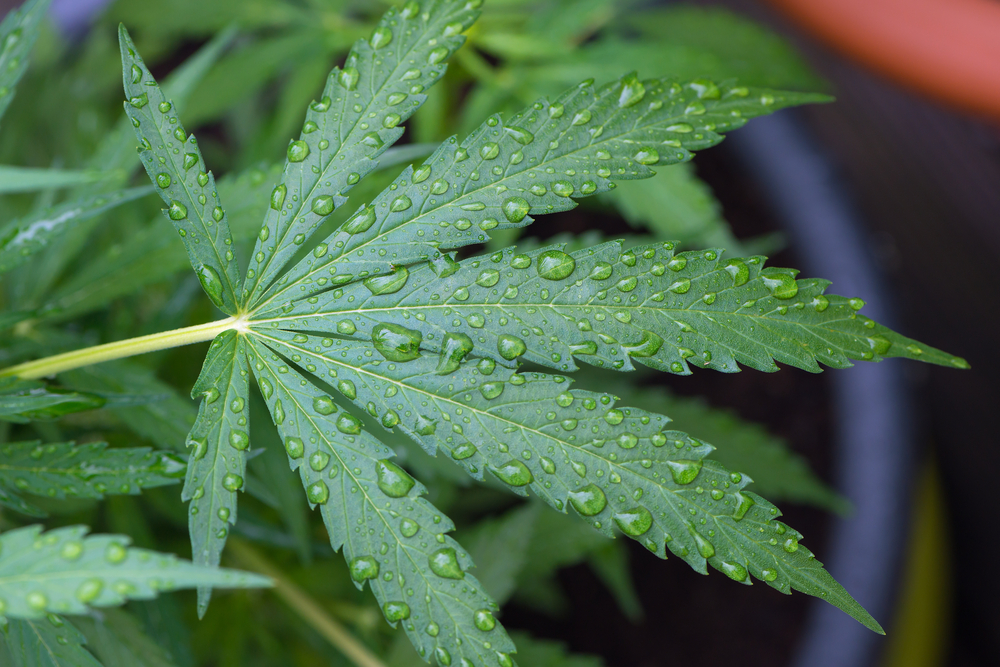


/data/photo/2021/07/28/610112d4e1a5c.jpg)
– –>
–
Related posts: